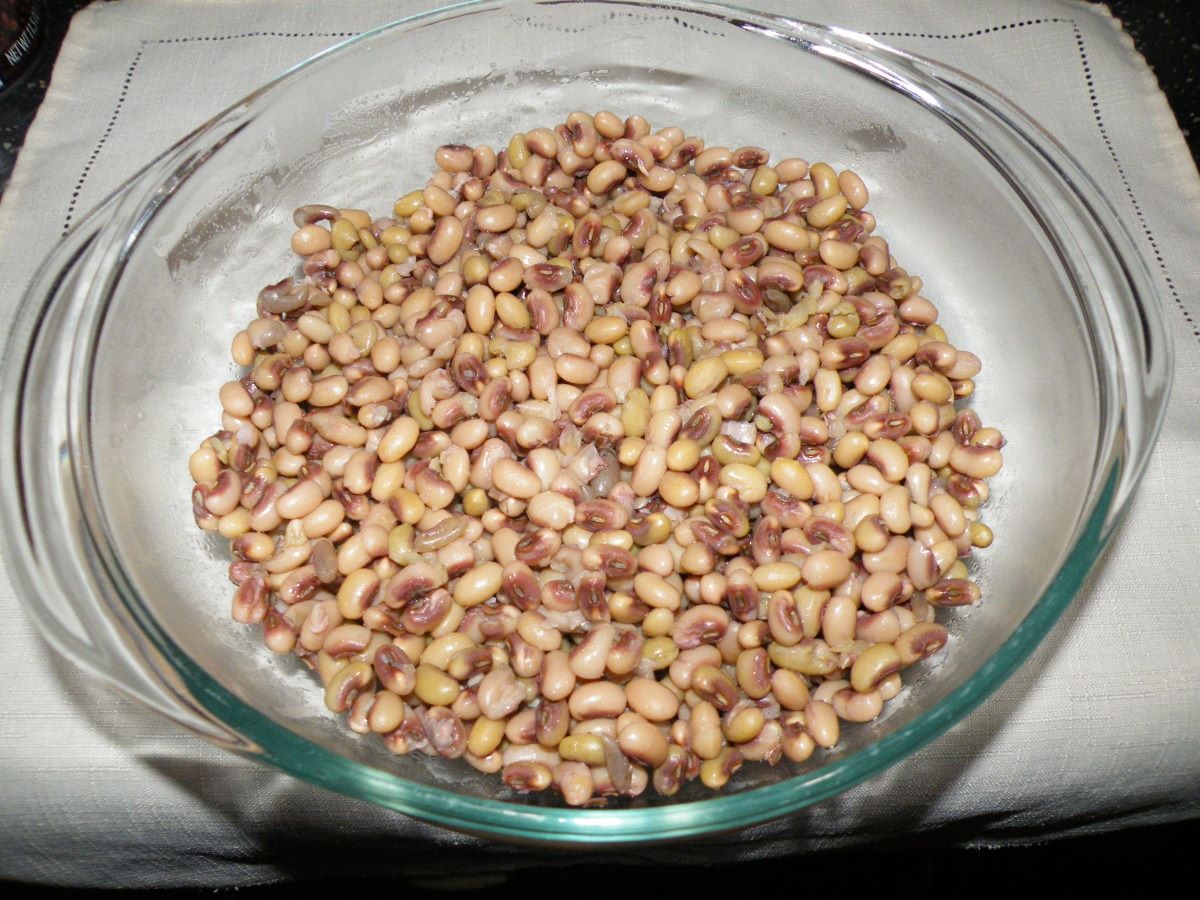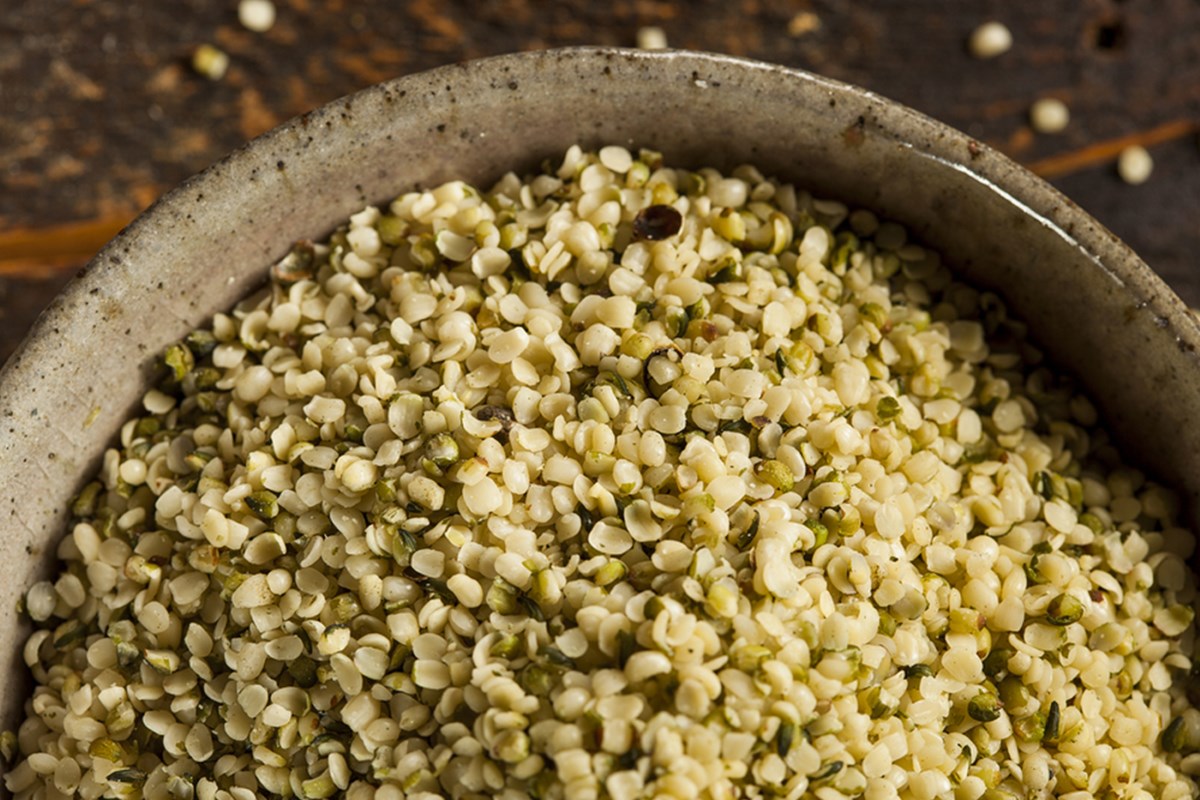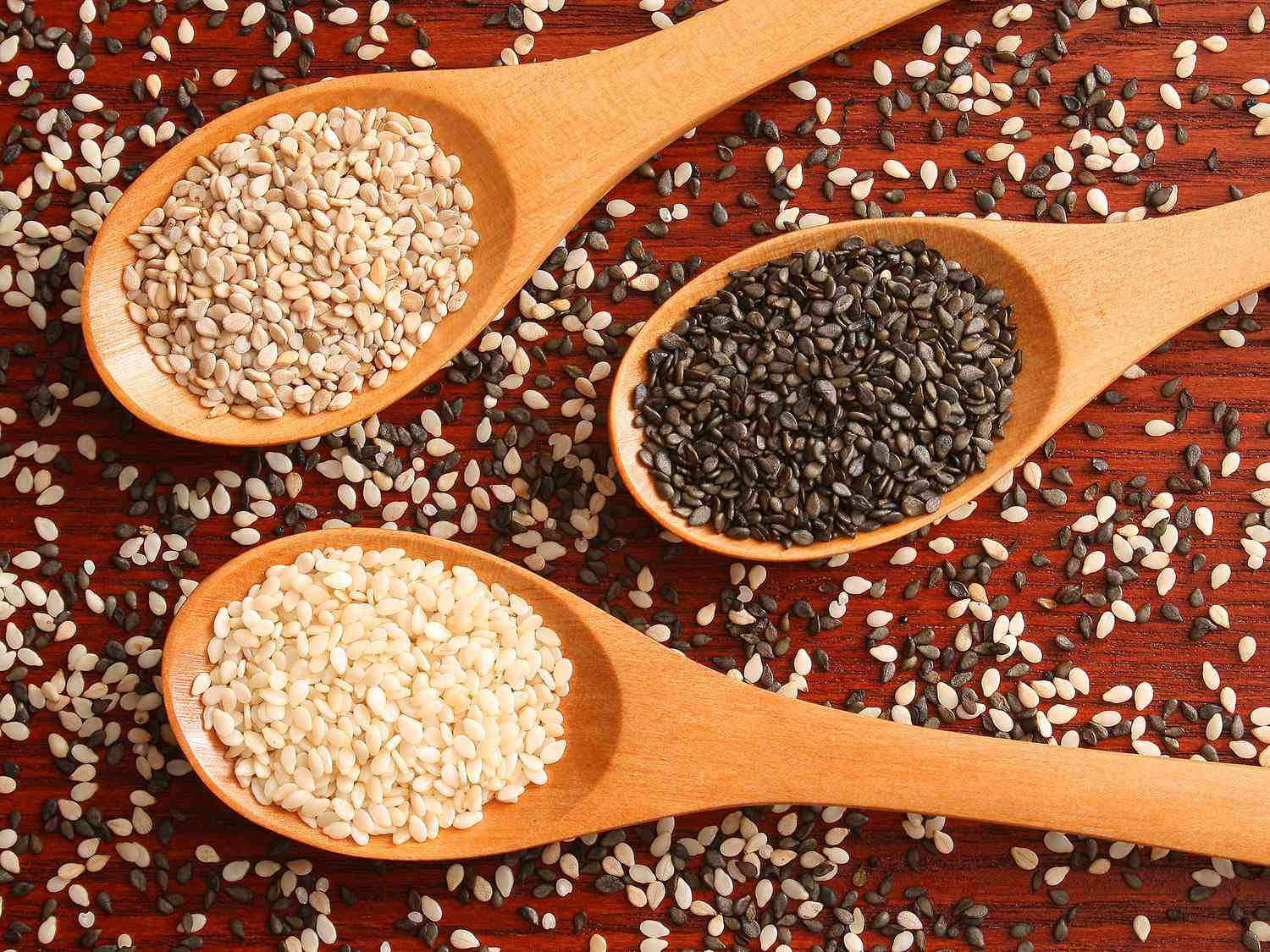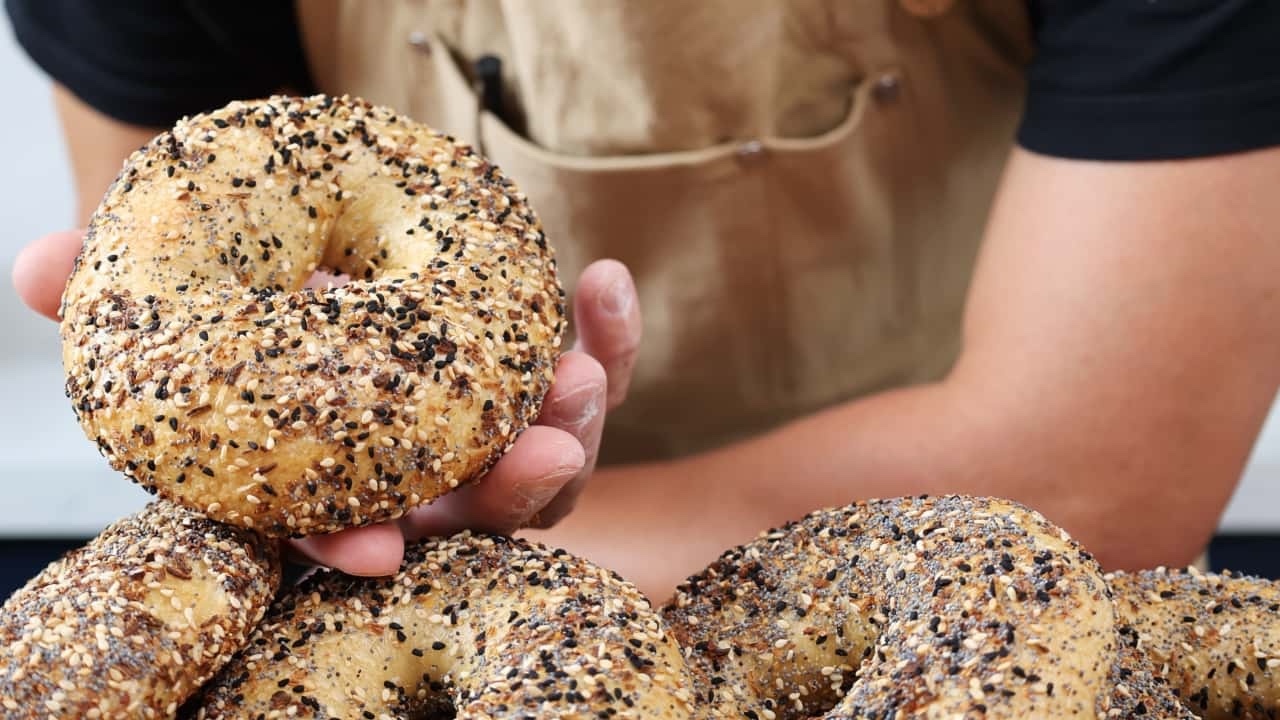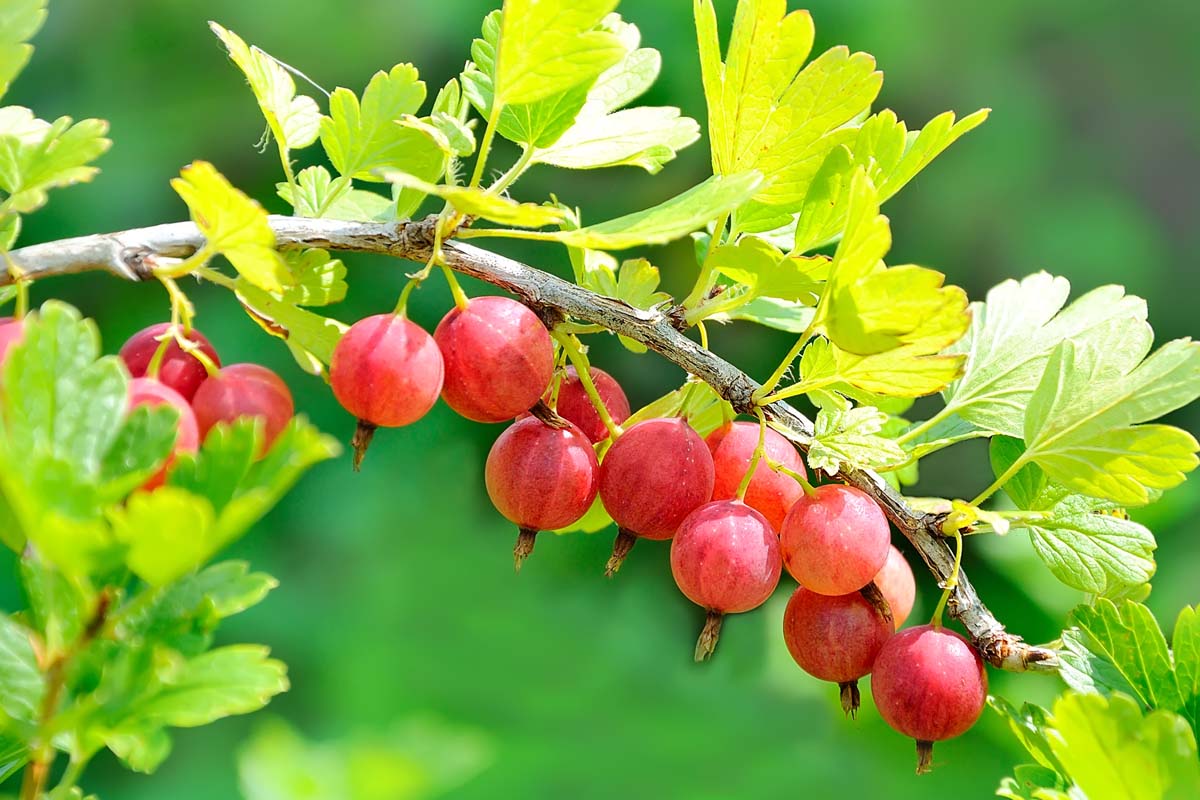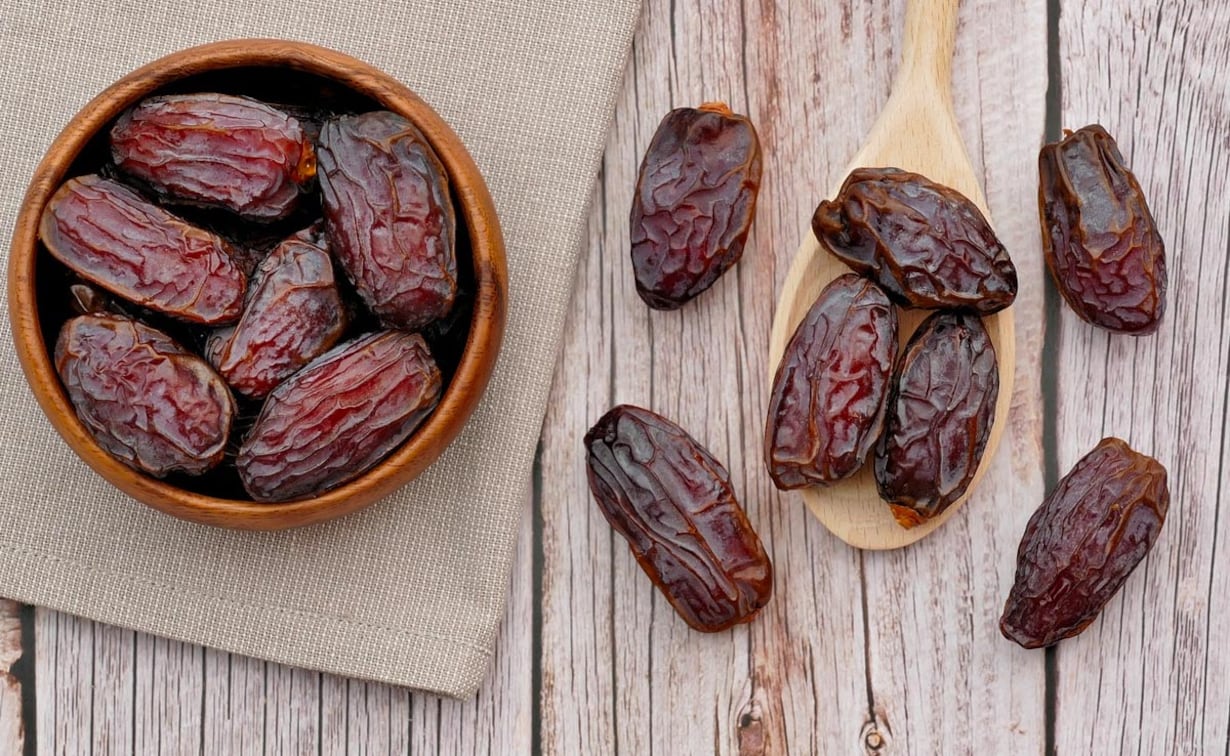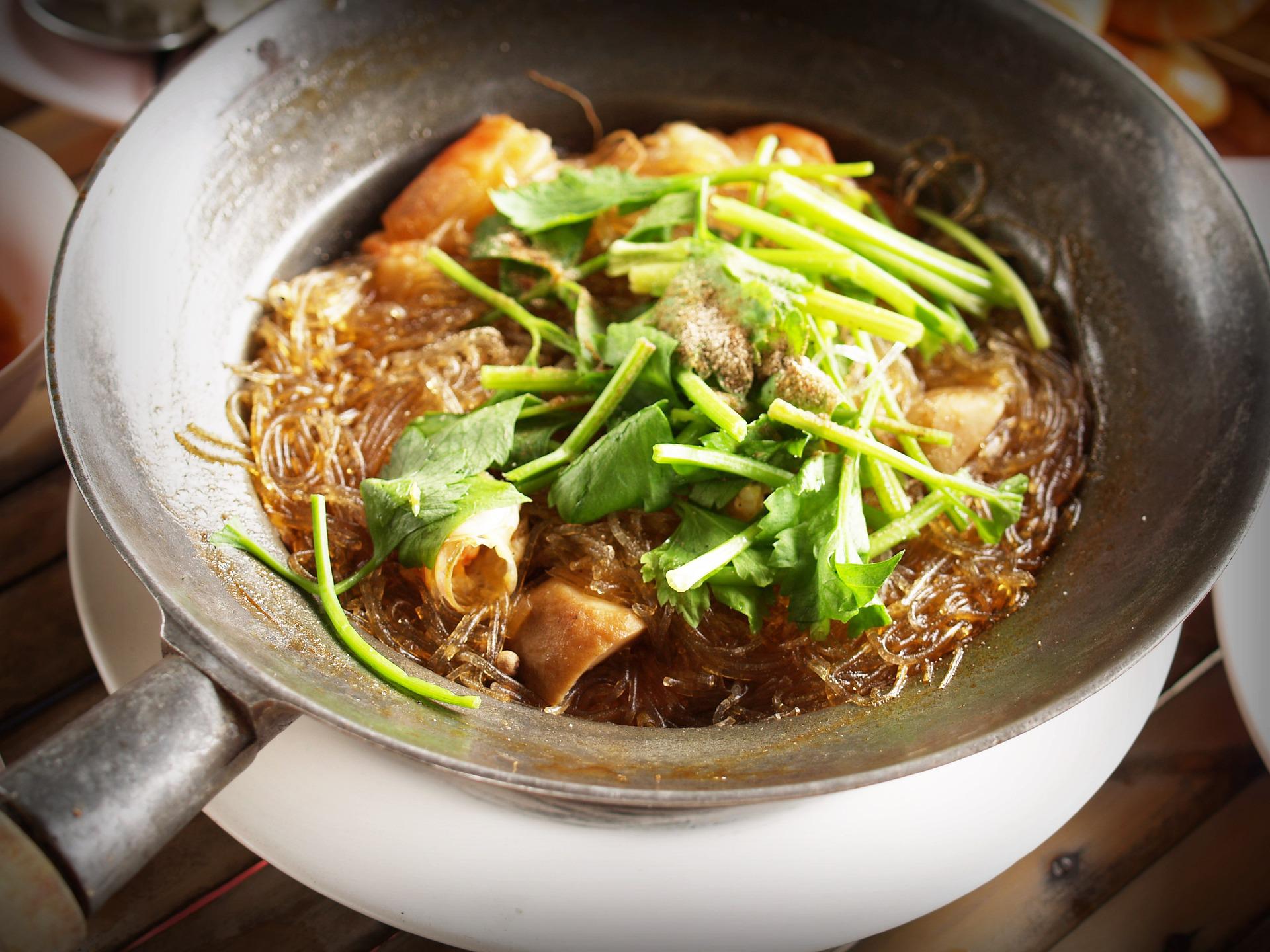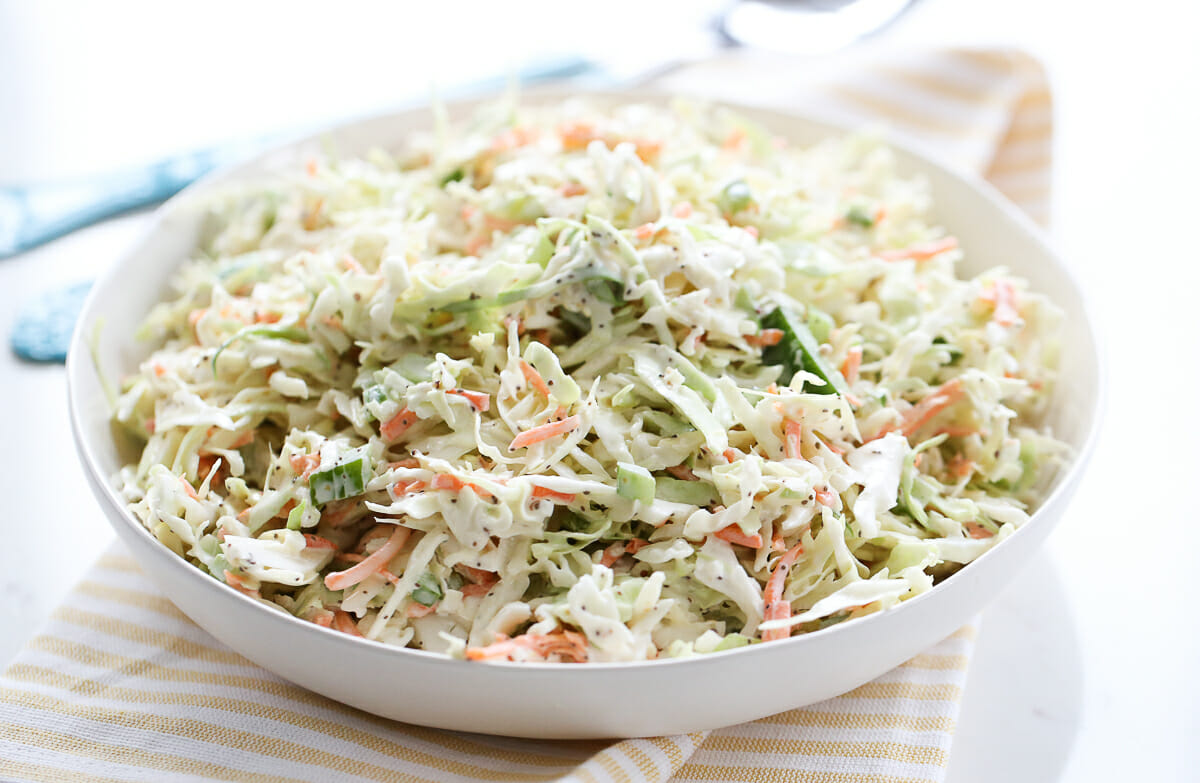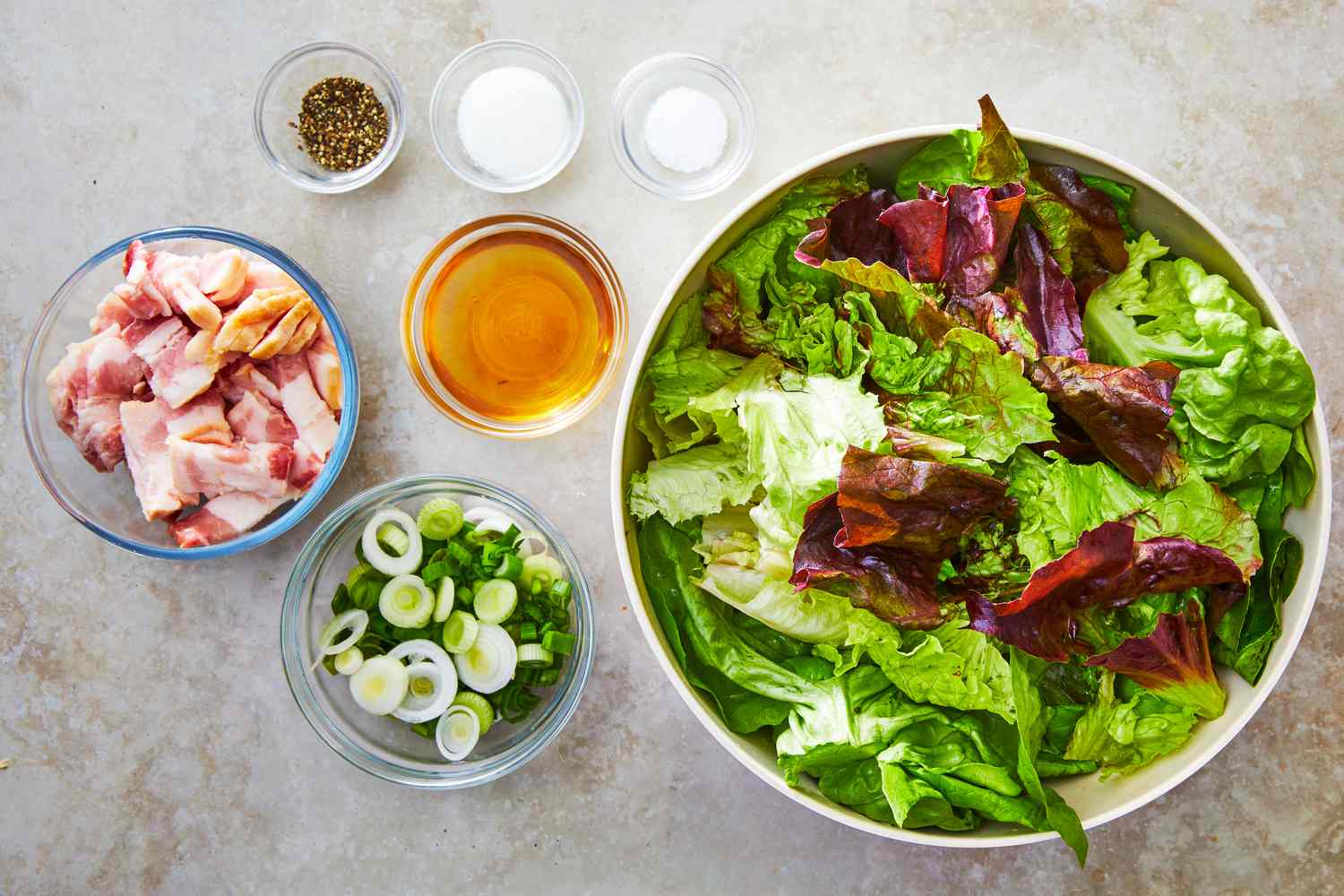Unlocking the Potential of Green Walnut Hull
Green walnut hull, the outer shell of an unripe walnut, is a versatile and nutritious ingredient that can be incorporated into your diet in various ways. Packed with essential nutrients and health benefits, green walnut hull is a valuable addition to any culinary repertoire. In this article, we will explore the different methods of consuming green walnut hull and how you can make the most of its nutritional properties.
1. Pickling Green Walnut Hull
One popular way to enjoy green walnut hull is by pickling it. The tangy and slightly bitter flavor of the hull lends itself well to pickling, creating a unique and flavorful condiment. To pickle green walnut hull, start by washing and cutting the hull into small pieces. Then, prepare a brine solution using vinegar, salt, and your choice of spices. Place the green walnut hull in a sterilized jar and pour the brine over it. Allow the mixture to sit for a few weeks to allow the flavors to develop. Pickled green walnut hull can be enjoyed as a topping for salads, sandwiches, or as a standalone snack.
2. Incorporating Green Walnut Hull into Recipes
Green walnut hull can also be used as an ingredient in various recipes, adding a unique flavor and nutritional boost to your dishes. Consider incorporating chopped green walnut hull into homemade pesto for an earthy and slightly bitter twist. You can also add it to grain salads, pasta dishes, or use it as a topping for pizzas. The possibilities are endless, and experimenting with different recipes can help you discover new and exciting ways to enjoy green walnut hull.
3. Making Green Walnut Hull Tincture
Another way to harness the benefits of green walnut hull is by making a tincture. Green walnut hull tincture is known for its potential health benefits, including its high concentration of antioxidants and tannins. To make a tincture, gather fresh green walnut hulls and chop them into small pieces. Place the hull pieces in a glass jar and cover them with high-proof alcohol, such as vodka or brandy. Allow the mixture to steep for several weeks, shaking the jar occasionally. Once the tincture is ready, it can be consumed in small doses or used topically for various purposes.
4. Exploring the Nutritional Benefits
Green walnut hull is not only flavorful but also packed with essential nutrients. It is a rich source of vitamin C, vitamin E, and omega-3 fatty acids, making it a valuable addition to a balanced diet. Additionally, green walnut hull contains juglone, a compound with potential antioxidant and anti-inflammatory properties. By incorporating green walnut hull into your diet, you can benefit from its nutritional content and support your overall well-being.
Whether you choose to pickle it, incorporate it into recipes, or make a tincture, green walnut hull offers a range of culinary and nutritional possibilities. By exploring different methods of consuming green walnut hull, you can unlock its potential and enjoy its unique flavor and health benefits.
Next time you come across green walnuts, consider harnessing the power of their hulls and incorporating them into your culinary creations. The versatility and nutritional value of green walnut hull make it a valuable addition to any kitchen.
